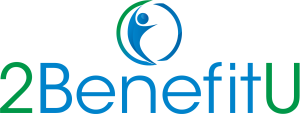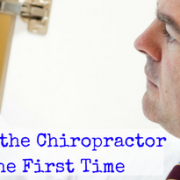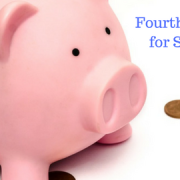Health, Wealth, and Happiness – There’s a Connection!
Your money and your wellbeing could be inextricably linked, according to studies from the CDC, which reveal that 4/5 of people with chronic illness have their condition caused or severely exacerbated by stress – and that ¾ of healthcare costs are due to chronic illness. Some of the signs of stress related illness include:
- Headaches / migraines
- Stomach trouble / IBS / ulcers
- Shoulder, back, and neck pain
- Dental issues (tooth grinding and clenching, bruxism)
- Sleeplessness, insomnia, and fatigue
Most people cite the following in all or part as contributing to their stress levels:
- Issues with finances (including medical bills and student debt)
- Issues at work (including wages and / or scheduling)
- Issues at school (including worries over tuition and bullying)
- Issues at home (including family, kids, spouses, and pets)
If your everyday level of anxiety is high, it could be contributing to how you feel physically. For many people, just a little more financial security can make a big change in how they feel physically, mentally, and emotionally. Since health and wealth are connected, improving one can improve the other.
The Health Wealth Connection Benefit from 2BenefitU
This benefit is ideal for those seeking to regain some control over their finances and their physical health. The connection offers a fully customizable approach to your needs, with features like a financial planner who can help you balance your budget, save money, get rid of debt, and create a five or ten year plan.
You’ll also have a health coach who can provide tips for sleeping, exercise, and fitness options as well as reminders to visit the doctor, dentist, and other medical professionals on a regular basis for check ups and tune ups.
A nutritionist will deliver all kinds of healthy ideas and fun recipes to you, along with recipes, dietary tips, calorie counting, and weight loss. Finally, your mental and emotional health can be addressed by a counselor to help you manage or eliminate anxiety, frustration, stress, and depression.
The Health Wealth Connection gives you access to a vast library of information you can use to make your day to day life better and create a future to work towards. You’ll love the weekly tips on health, money, and managing stress, and it’s well worth it when you consider you get over a dozen other benefits with our plan starting at just $15.95 a month.







